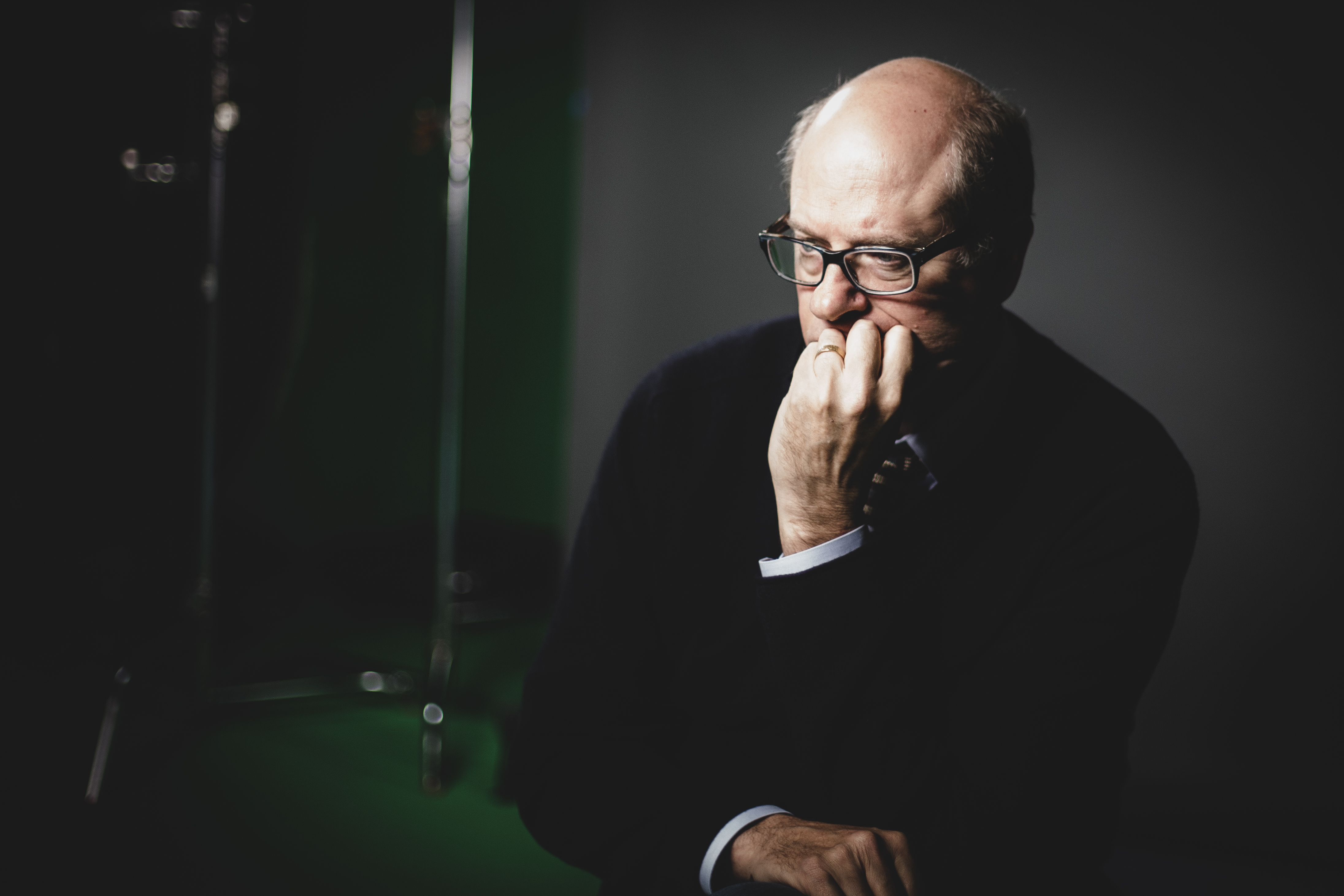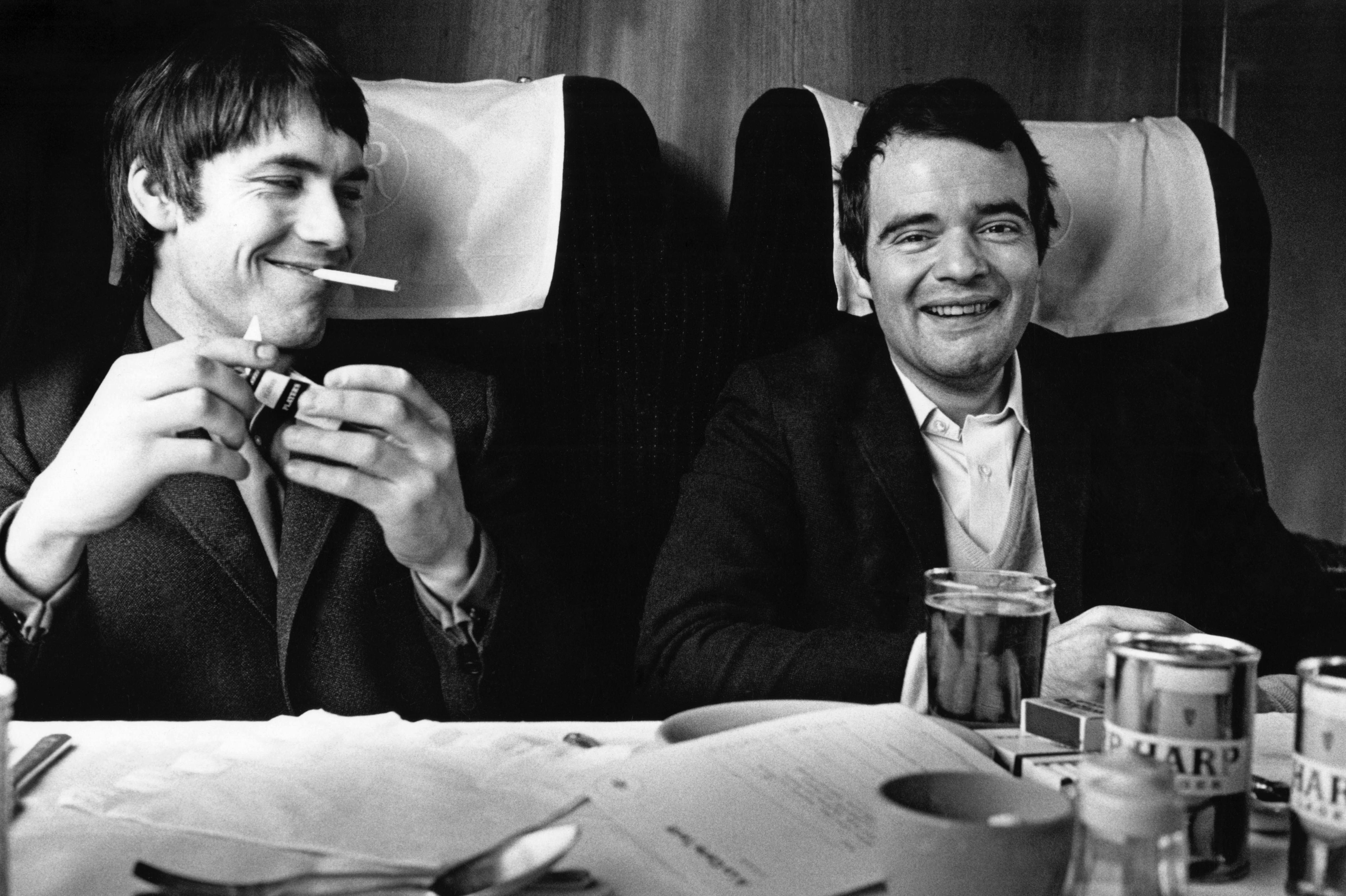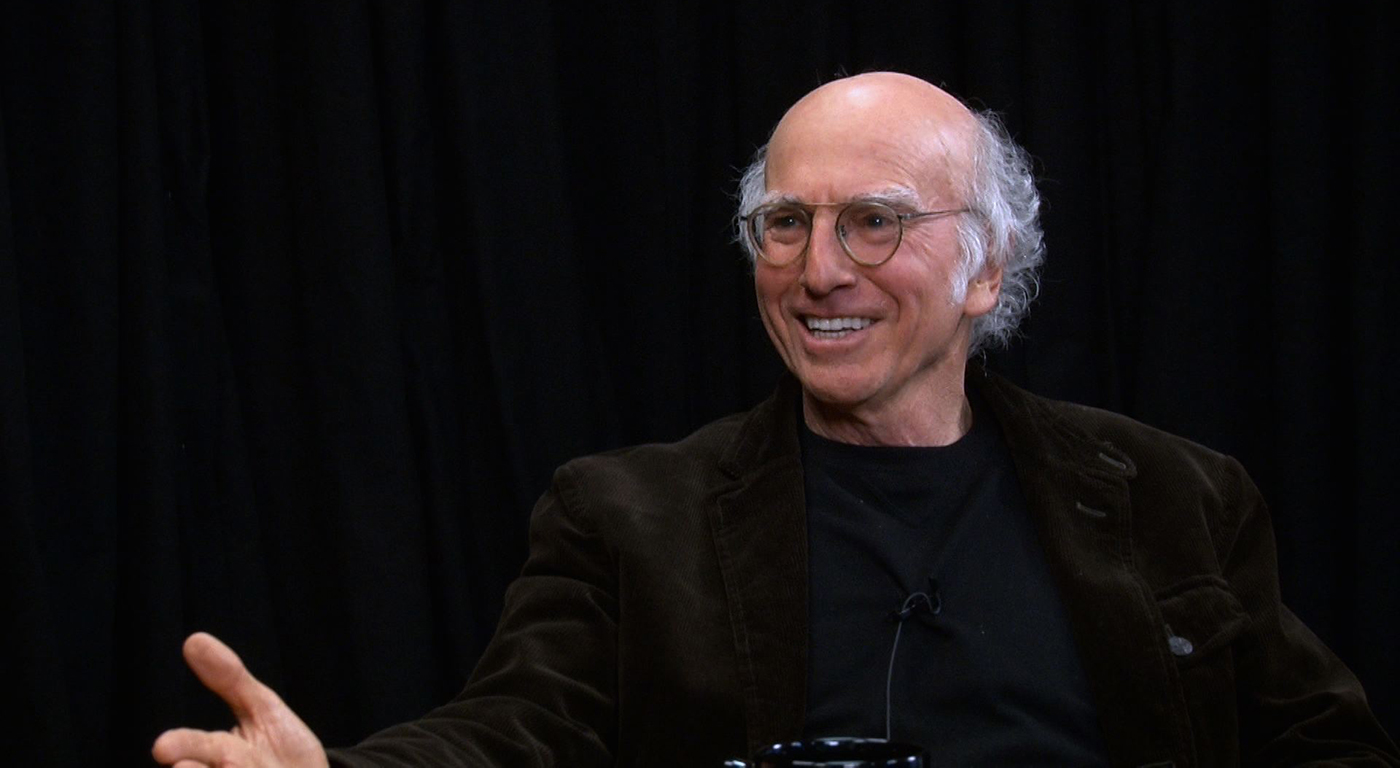WITH A MERE 13 features during his 40-year career, Robert Bresson carved out one of the most unique bodies of work in world cinema—films both somber and celebratory in their search for grace. Now well past 90 (his exact age is unknown), the retired director is alive and well and living in Paris. He refuses to speak about his work and no longer grants interviews, but his legacy of cinema speaks volumes.
The Grand Illusion’s Sunday-afternoon series “The Poetry of Precision: The Films of Robert Bresson” is a rare gathering of new 35mm prints of Bresson’s complete feature filmography. Organized in 1998 by James Quandt of the Cinematheque Ontario, this traveling series—available in the US for only a limited time—has played a depressingly small number of cities and almost missed Seattle completely but for a generous (and anonymous) donation to the Grand Illusion. The GI is offering a bargain pass for the entire series for only $35 for members/$50 non-members.
The Poetry of Precision: The Films of Robert Bresson
Grand Illusion Cinema
ends June 13
To the uninitiated, Bresson can seem maddeningly indifferent—his films eschew the kind of dramatic spikes and psychological grounding of his contemporaries. (Ingmar Bergman’s brooding intensity seems downright flamboyant next to Bresson’s minimalist approach.) Insisting that cinema is not the marriage of photography and theater, but of music and painting, Bresson dismissed the tradition of film acting as “filmed theater.” Seeking to convey the humanity of his characters, their very souls, the director systematically stripped affectation and method from his performers by relentlessly drilling them in rehearsals until they mastered the mechanical, uninflected motions and line deliveries. They weren’t actors at all, but “models.”
If this result sounds dry and alienating,
it isn’t: What we ultimately see on the screen are characters so under the thumb of life that the slightest tic of emotion becomes an enormous, exultant explosion. They express themselves through haunted eyes and mechanically precise, yet organically natural, motions.
Over time, Bresson’s disengagement developed from the cool but watchful distance of Les Anges de Peche (1943) to the near abstraction of character and action within a fated universe of cause and effect in L’Argent (1982), his final film. Between these poles you can feel the different directions in which his search for “pure cinema” carried him. In the documentary-like scrutiny in the 1950s trilogy Diary of a Country Priest (1950), A Man Escaped (1956), and Pickpocket (1959), Bresson mastered narrative control and an ascetic approach, but with an increasing tendency toward fragmentation. His insistent close-ups isolate details not for the sake of clarity but to simultaneously foreground and distance action, to break the audience’s engagement with characters and stories.
After pushing these ideas to the extreme in the stifling and sedate The Trial of Joan Arc (1961), Bresson turned around and invited the natural world into his filmscapes. The tightly orchestrated dramas of Au Hasard Balthazar (1966) and Mouchette (1967) play out in fields, forests, countrysides, and seemingly unrehearsed crowds in the world as we know it. As his calculated reserve clashes against the impressionist idyll, the aesthetic dissonance expresses the alienation of his characters. In the 1970s the aging Bresson turned his attentions to French youth in a series of films that are perhaps his least known: the rare Four Nights of a Dreamer (1971), the Arthurian drama Lancelot du Lac (1974), and the controversial The Devil Probably (1977).
Watch several works in this series, and you’ll recognize that the actors’ rote, flat performances come alive with a truth very different from the psychologically motivated performances of even the greatest actors. Only Bresson’s direction can lead us to this place, where we find a state of grace amidst the pain of life and the acceptance of death.






